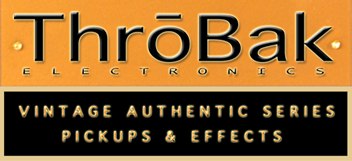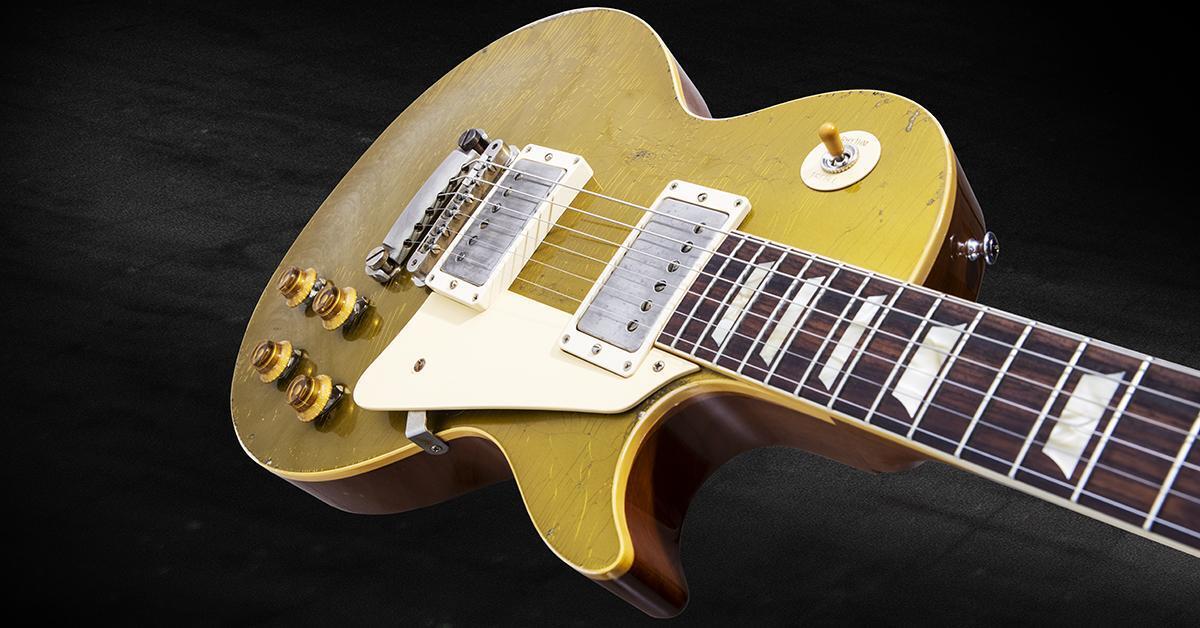cmerrick570
New member
- Joined
- Apr 26, 2022
- Messages
- 2
Hi everyone,
Brand new member from the U.K.!
I have been recently been snagged down the rabbit hole in my pursuit of an R8/58/1958/VOS/CS/Reissue/aged LP burst
 .
.
Pardon the tongue in cheek intro, but does anyone know of a source or have the patience to explain the wild swing in naming and approaches to creating the semi recent historic burst reissues?
In short, I’m on the cusp of buying a 58 historic VOS reissue secondhand, through either reverb or evilbay. I’ve whittled it down to a shortlist of 4 that are all within driving distance to collect but not necessarily to make several trips to deliberate over the purchase, I’ve played enough of them to be comfortable with the variability in neck profile etc. and will also have the capacity to walk away once I see/try a specific one but there’s a couple of things causing mild concern!
First one - 2 out of the 4 refer in the ad to the word “Minty” does this mean anything to anyone? Mint condition? I’m struggling to find official reference to the term!!? And both aren’t mint condition they have mild ageing
Secondly, how much wear would you expect to see on a VOS? One of the guitars I’m keen on particularly has a fairly worn back, as you’d see on a Murphy for example (large island side patch through the lacquer and colour to bare wood where a belt would rub). This doesn’t put me off as I’m after a guitar I can play, but I’m struggling to establish if this was in the factory or someone has attempted a relic job (I’ve asked the seller but they received it in this condition when they bought second hand), it’s only 4 years out of the factory so there’s no way that amount of wear has occurred naturally, unless the owner hitches their belt with a cheese grater.
Also, the COA’s for all four have slightly different names - some are LP Standard and then the serial in a box underneath, others call it R8 Historic VOS? Is this just a production year thing or is there really that much variety in the custom shop offering when it comes to names? (All serial numbers appear legit FWIW)
FWIW they’re all 2016-2019.
In summary, I’m happy to do a bit of a journey to try a couple of these guitars out but it would be a whole weekend trip to see all 4 which isn’t feasible and I have a reasonable risk appetite for any of them as they’re well priced.
I suppose what I’m getting at, is I’d like to have a little more knowledge and understanding of both the ageing/relicing in factory on a VOS, plus some of the naming convention so I can make a more informed decision before visiting to purchase and hopefully as my research continues, be able to spot potential fraudsters early on!
Thank you so much in advance, I can send links to various auctions if this site allows and that helps explain what I’ve no doubt failed to do in this post.
Cheers
Chris
London, UK
Brand new member from the U.K.!
I have been recently been snagged down the rabbit hole in my pursuit of an R8/58/1958/VOS/CS/Reissue/aged LP burst
Pardon the tongue in cheek intro, but does anyone know of a source or have the patience to explain the wild swing in naming and approaches to creating the semi recent historic burst reissues?
In short, I’m on the cusp of buying a 58 historic VOS reissue secondhand, through either reverb or evilbay. I’ve whittled it down to a shortlist of 4 that are all within driving distance to collect but not necessarily to make several trips to deliberate over the purchase, I’ve played enough of them to be comfortable with the variability in neck profile etc. and will also have the capacity to walk away once I see/try a specific one but there’s a couple of things causing mild concern!
First one - 2 out of the 4 refer in the ad to the word “Minty” does this mean anything to anyone? Mint condition? I’m struggling to find official reference to the term!!? And both aren’t mint condition they have mild ageing
Secondly, how much wear would you expect to see on a VOS? One of the guitars I’m keen on particularly has a fairly worn back, as you’d see on a Murphy for example (large island side patch through the lacquer and colour to bare wood where a belt would rub). This doesn’t put me off as I’m after a guitar I can play, but I’m struggling to establish if this was in the factory or someone has attempted a relic job (I’ve asked the seller but they received it in this condition when they bought second hand), it’s only 4 years out of the factory so there’s no way that amount of wear has occurred naturally, unless the owner hitches their belt with a cheese grater.
Also, the COA’s for all four have slightly different names - some are LP Standard and then the serial in a box underneath, others call it R8 Historic VOS? Is this just a production year thing or is there really that much variety in the custom shop offering when it comes to names? (All serial numbers appear legit FWIW)
FWIW they’re all 2016-2019.
In summary, I’m happy to do a bit of a journey to try a couple of these guitars out but it would be a whole weekend trip to see all 4 which isn’t feasible and I have a reasonable risk appetite for any of them as they’re well priced.
I suppose what I’m getting at, is I’d like to have a little more knowledge and understanding of both the ageing/relicing in factory on a VOS, plus some of the naming convention so I can make a more informed decision before visiting to purchase and hopefully as my research continues, be able to spot potential fraudsters early on!
Thank you so much in advance, I can send links to various auctions if this site allows and that helps explain what I’ve no doubt failed to do in this post.
Cheers
Chris
London, UK




